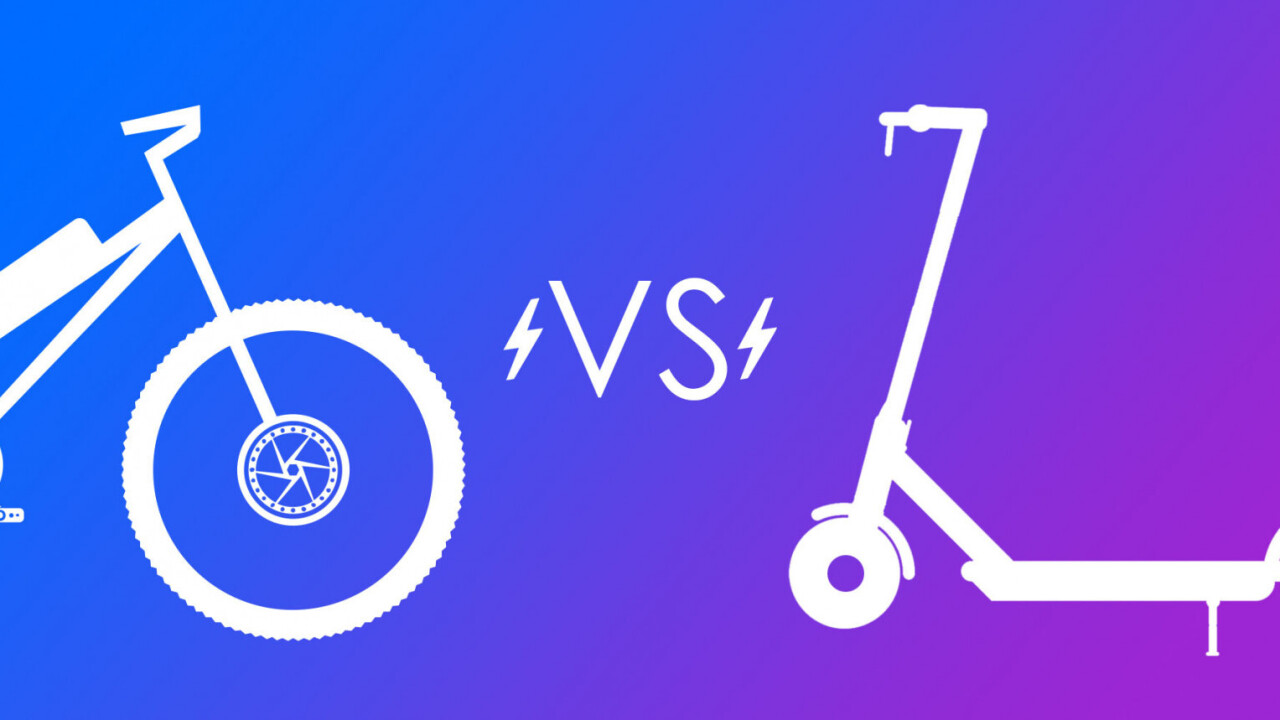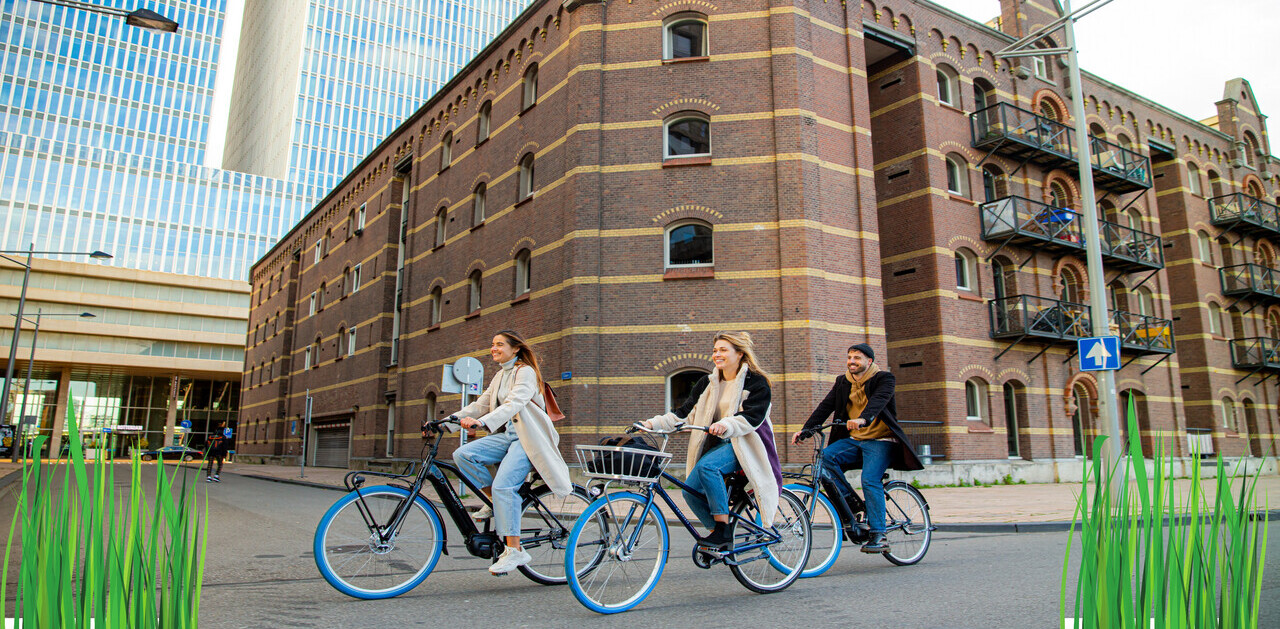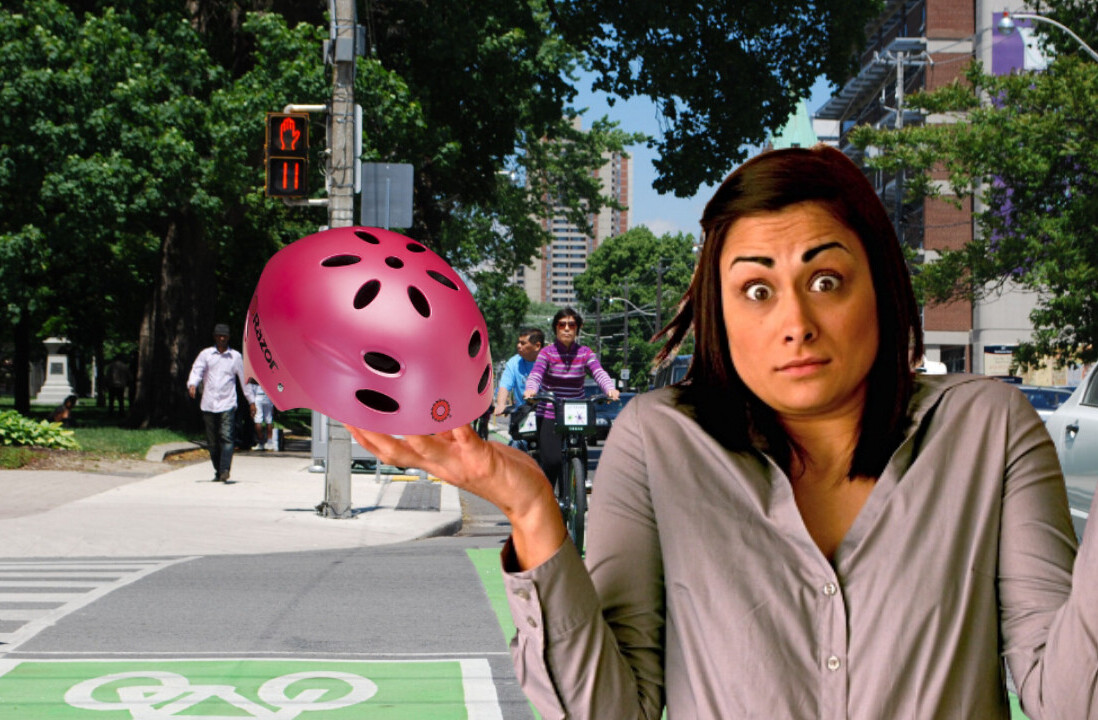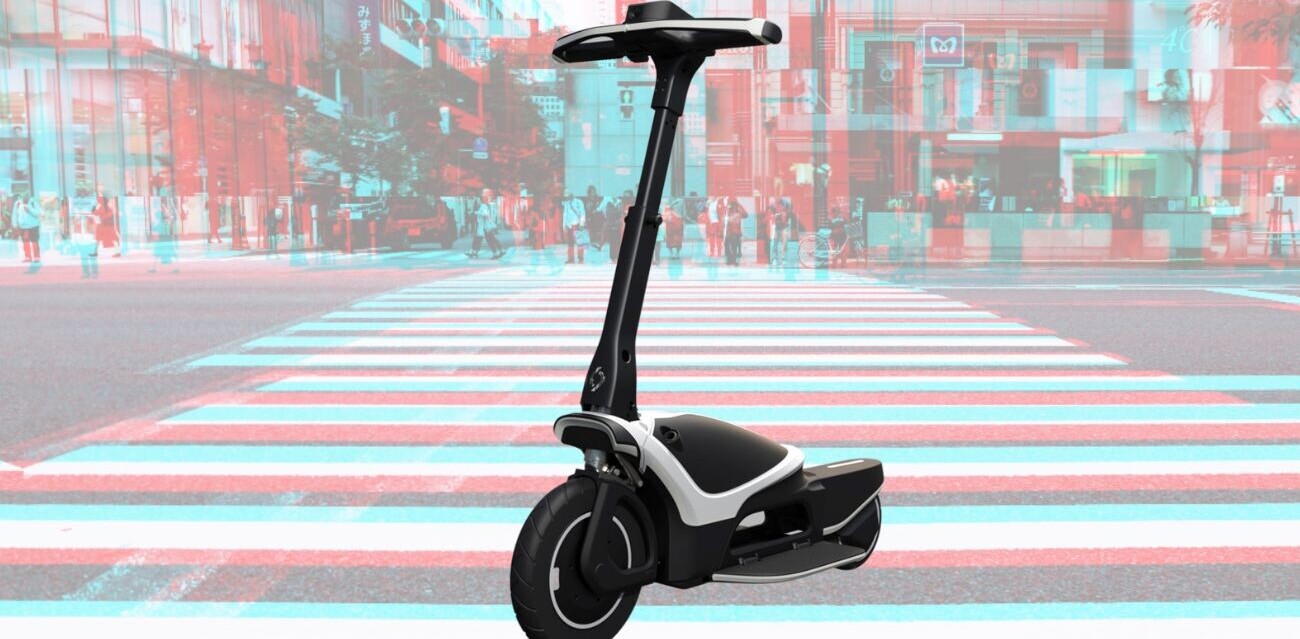
As personal electric vehicles become more powerful and affordable, e-bikes and standing electric scooters have become increasingly practical alternatives to traditional transportation methods for many people, especially those in crowded cities.
But when it comes down to spending your hard-earned money, you might be asking yourself which form of electrified two-wheel transport is best for you. I’m lucky enough to have been able to try a variety of these electric vehicles, constantly weighing the pros and cons of each, so I’m here to help.
Why should I buy a personal electric vehicle?
Let’s face it: getting around most cities is a pain.
In places like New York, cars are often the slowest vehicle for getting around town. Even if you’re blessed with a streak of green lights and minimal traffic, It’s not uncommon to waste good 15-30 minutes just looking for parking. Cars are also expensive, requiring insurance and gas on top of your monthly payments, and paying for a cab every day isn’t viable for most people either.
Public transport is more affordable and great for the environment but is often crowded, full of annoying tourists, and smelly. It also doesn’t always get you where you need to go, only stopping at a few key locations that might still be a long walk from your destination. Besides, it sucks to not be in full control of your trip; there are few things worse than discovering your local train line is down for repairs when you’re in a hurry.

An e-bike or scooter suffers from none of these problems. In many cases, travel times are better than cars, trains, or buses. And with folding bikes and scooters, multi-modal options open up: combining a long train ride with a scooter for ‘last-mile’ transport gives you the best of both worlds.
“But what about a plain-old analog bicycle,” you ask?
They’re great! Without electronic components, bikes definitely have the best eco-friendliness-to-speed ratio (non-electric scooters are cool too — you do you).
But for many people, analog bikes are not the most practical form of everyday transport. Riding a bike to an important meeting 15 miles across town in the summer is not a good option if you don’t want to be a sweaty mess. It’s a similar story if you live in a very hilly town. Others might have disabilities that make extensive riding without support difficult or impossible.
Even if these scenarios don’t apply to you, e-bikes and scooters provide additional peace of mind – if your trip ends up being longer or harder than anticipated, the e-bike’s motor will help you get home without worrying about burning out.
Okay, you convinced me. So which do I choose?
For many, the choice of e-bike or e-scooter will be obvious. Need something that fits in the trunk of your car and doesn’t break the bank? Get an e-scooter! Want an optional workout? Get an e-bike! But if you’re not dead-set on either, the decision can be more complicated, so I’ve amassed a list of pros and cons for each type of vehicle.
Lastly, keep in mind my goal isn’t to declare either vehicle category the victor, so I’m not tallying points in favor of either. There is too much variety among electric scooters and e-bikes for that to make sense. Instead, I hope to point out some general trends that can help you make a more informed decision.
Portability
For the most part, this one is pretty obvious: the average electric scooter is smaller and lighter than the average electric bike. Most scooters I’ve tested fit in the trunk of a sedan. Most bikes do not.

A typical electric scooter is in the realm of 25 to 50 lb; the Unagi Model One and Levy Electric Scooter both come in under 30. Meanwhile, there are few e-bikes that weigh less than 40 lb, and only a handful of (very expensive) e-bikes that manage to cut under the 30 lb mark. Basically anything under 50 lb is considered ‘light’ in the e-bike world, and it’s not uncommon to see the more affordable entries weigh over 60 lb. It’s not just the motors and batteries adding weight either – e-bikes tend to come with heavier frames and tires to accommodate higher forces.
This comparison isn’t a universal rule, of course. There are heavy-duty, high-speed scooters that weigh over 100 pounds. On the other hand, folding e-bikes go a long way at assuaging the portability problem for cyclists, usually small enough to bring on a train or in a car. And a few bikes have folding stems to become quite flat — or you could add your own.

There are even tiny e-bikes like the Brompton Electric and Bike Friday e-Pakit that can fit in a suitcase. The latter even uses batteries small enough to be allowed on an airplane!
Price
Electric scooters are, as a whole, more affordable than electric bikes. While there are some pricey scooters out there, for the most part, the barrier for entry is much lower than for electric bikes. Decent entry-level scooters from established companies like the popular Xiaomi M365, GoTrax Xr, or Ninebot ES1 begin at under $500.
Meanwhile there are few e-bikes I would happily recommend under the $1,000 mark. The upcoming Rad Power Bikes RadMission and Propella 3.4 come to mind. In Europe, Analog Motion makes bikes for £999. But there’s sparse reputable competition below this price point.
The price-to-performance trend is also different among e-bikes and e-scooters. E-scooters are part of a more recent, largely unregulated market, so higher price tags often mean higher speeds and better range. With e-bikes, battery sizes and speeds tend to be more standardized, so paying more tends to translate into higher quality components and lighter weights rather than gains in raw power specs.
E-bikes do have one big value advantage though: you can electrify most regular bikes. Whether through a simple conversion kit like the Swytch or more advanced DIY methods, you can save money by converting the frame you already know and love into an e-bike.
Speed
You’d think bicycles, being speedier in their analog form, would have an easy win here. But not so fast — this is a more complicated question than it initially seems.
On the whole, e-bikes are much more heavily regulated than scooters, and e-bike companies are better about following the rules. In the US, e-bikes are usually limited to either 20mph (Class 1 and Class 2) or 28mph (Class 3). New York is a bit unusual, specifically limiting e-bikes to 25mph.
In Europe, most e-bikes are limited to 25 kph or 15.5 mph. Some places allow 45 kph e-bikes, but they are usually classified as mopeds, requiring insurance and a license plate.

As noted in the earlier section, electric scooters are far less regulated. While bike companies generally follow the rules, e-scooter regulations are both much more ambivalent and unenforced — if they even exist at all.
It isn’t hard to find electric scooters that can go over well local e-bike speed limits. Fluidfreeride’s Widewheel Pro can travel 26mph while the Mantis is capable of going beyond 40mph. There are even scooters capable of going over 100mph! Granted, depending on where you ride, these speeds are often largely for show. While I prefer having the extra speed for keeping up with cars, one rarely has the opportunity to go so fast in stop-and-go city traffic — nor do I want to.

Besides, there’s more to scooters than raw speed; smaller scooters tend to cut down on travel time in other ways. Most scooters are fairly compact, meaning you don’t have to fetch them from a garage, bike room, or wherever you locked them up outside. They’re easier to manuever through hallways and up and down stairs. They’re small enough to combine with other transport methods if needed, and, perhaps most importantly, they’re usually small enough to bring indoors. If I’m just grabbing a quick coffee a few blocks away, it’s much faster to zip there on my scooter than to have to lug my bike out of my building and lock it up outside.
Exercise
This one’s a no brainer: unless you plan on bench-pressing your scooter, e-bikes are better if you want your transportation to double as exercise.
While some e-bikes offer a tremendous amount of assistance and those with throttles can essentially be ridden as mopeds, they at least give you the option of a serious workout. In fact, one European study last year showed e-bike riders tend to get more exercise than those on regular bikes, simply because they tended to ride further and more often. Again, there’s a certain peace of mind knowing that even if you get tired after a long and fast ride, you can turn up the assist on the way back home.
Besides, if exercise is your primary goal, there’s nothing quite like trying to lug a 70lb e-bike up a hill with the assist turned off. Alternatively, there are also some lightweight e-bikes, like Specialized’s Turbo Vado SL, designed specifically to not provide too much power but rather to ride more like a normal bike with assist when you need it.
Range
Most e-bikes provide much better range than similarly-priced scooters by virtue of the fact that they ask you to do part of the work. It’s rare to see a scooter with over 40 miles of realistic range, while with e-bikes it’s quite normal — the Juiced CCX claims 70+ miles of range, which I’ve found to be realistic, while the aforementioned Vado SL claims up to 120 miles of range using a range extender.
More importantly, e-bikes are still fully functional when the power runs out. Even though you’re probably left with a heavy bike when your battery kicks the bucket, you should still be able to get home on your own power. By comparison, it’s much harder to use an electric scooter when the battery is depleted.

On the other hand, for many commuters, range anxiety isn’t an issue with scooters in the first place. If your battery runs out, you can just call a cab and stick the scooter in a trunk. You can’t quite do that with the typical e-bike.
Safety
For the most part, e-bikes seem like the obvious choice for safety. The big wheels can largely brush off potholes and debris and tend to provide better traction on wet roads. The big wheels and heavier frames mean better stability, and the larger size of a bicycle should also make you more visible on the road.
On the other hand, sometimes I do feel just as safe on a scooter. I’m much nimbler, at least, more easily able to weave between traffic and pedestrians with a deathwish. And in a comical way, it’s good to know that if I ever have to bail to avoid an accident, I can literally just hop off the scooter – not quite so easy to do so on a bike.
Problem is, it varies tremendously depending on the specific scooter you’re riding. The aforementioned Mantis, with its large tires and silky-smooth suspension, felt to me as stable as many bikes. The Unagi scooter, with its small solid tires, means having to keep an eye out to avoid every little pothole.
Research on the topic is not totally conclusive, but it unsurprisingly seems to favor bikes. Several large studies of rideshare accidents show electric scooters having a significantly higher accident rate than standard bikes, from 2.4x to 18x. Yikes!

However, I’m not sure those results totally translate to the comparison of personal e-scooters versus personal electric bikes. Many electric scooters meant for personal use have suspension and beefier tires, and their riders are more practiced. A November 2019 study also showed e-bike riders were more likely to be involved in an accident requiring hospitalization that electric scooter users, though the latter had higher rates of concussions.
This may be partly explained by the fact few scooter-share users wear helmets, which, anecdotally, I do not believe applies to personal scooter owners. In fact, I see more people wearing helmets on their personal scooters in NYC than I do cyclists.
Utility
There’s no question about it. If you are using your electric vehicle for cargo, an e-bike is the better choice.
There is no shortage of utility-oriented bikes on the market, from the affordable RadRunner and Ariel Rider M-Class to the premium Tern HSD and GSD. If you want to go really heavy-duty, there are basket bikes like the Urban Arrow Shorty and Reise & Müller Load. Even if your e-bike wasn’t designed for hauling cargo, you can almost certainly adapt it for those purposes with aftermarket trailers like the uber-versatile Burley Travoy, not to mention a nearly infinite variety of racks, panniers, and baskets.
There some small cargo accessories for e-scooters on the market, but the relative lack of standardization and compromised stability among scooters makes e-bikes far more versatile as car replacements.
Durability
Electric scooters have only been popular for a few years, while e-bikes have had longer to develop. Most of the issues you might encounter on an e-bike are things your local bike shop can fix; a flat tire, a bent spoke. Many e-bikes are also sold through dealers, which tend to be more expensive but can also offer direct support for failure on both mechanical and electrical components. Besides, many e-bikes are also built by companies with decades of knowledge on making traditional bikes, providing an extra layer of confidence your vehicle won’t fall apart.
By comparison, many more scooters use proprietary parts, many bike shops won’t work on scooters, there are vanishingly few physical scooter dealers, and more electric scooters are built by companies that have only been around for a few years. Some distributors can provide great support, but on the whole electric scooters just don’t have the same repair options e-bikes do.
While the verdict is still out on this one, I think it’s safe to say you can expect greater durability and better serviceability from e-bikes overall.
Got a fat wallet? Why not both?!
If you can afford to get both an e-bike and an e-scooter, doubling up can help you get the best of both worlds. I usually keep a powerful e-bike and lightweight scooter in my apartment. For long rides and cargo errands I pull out the bike, but when I need to make quick short trips or plan on combining the trip with a car or a train, it’s the scooter I’ll choose.
Whatever you end up with, chances are you’ll find it a greener, healthier, and more fun than driving, and less of a chore than public transport. Good luck!
This post contains affiliate links. If you purchase a product through one of our links, we get a small cut of the revenue.
Get the TNW newsletter
Get the most important tech news in your inbox each week.





